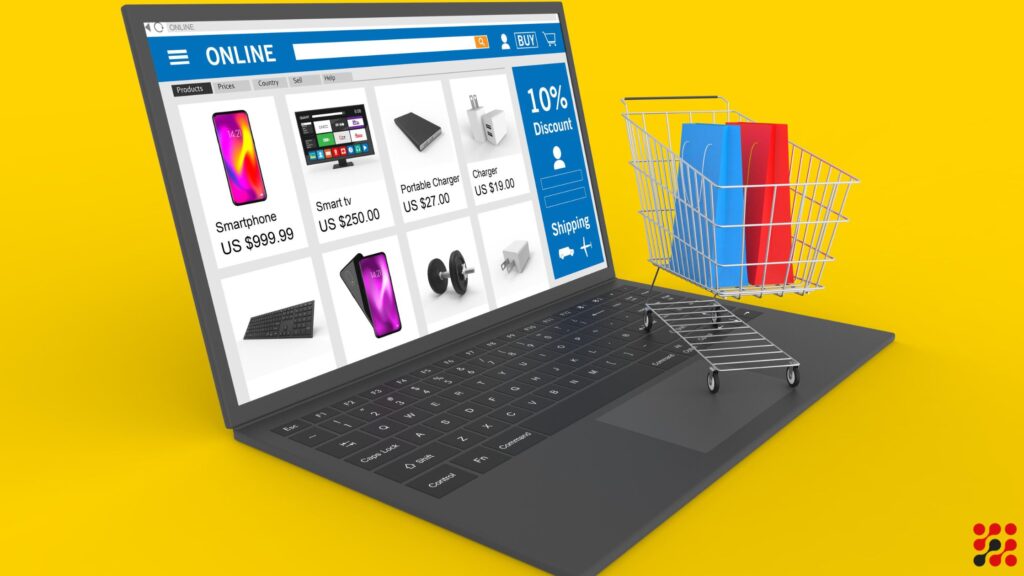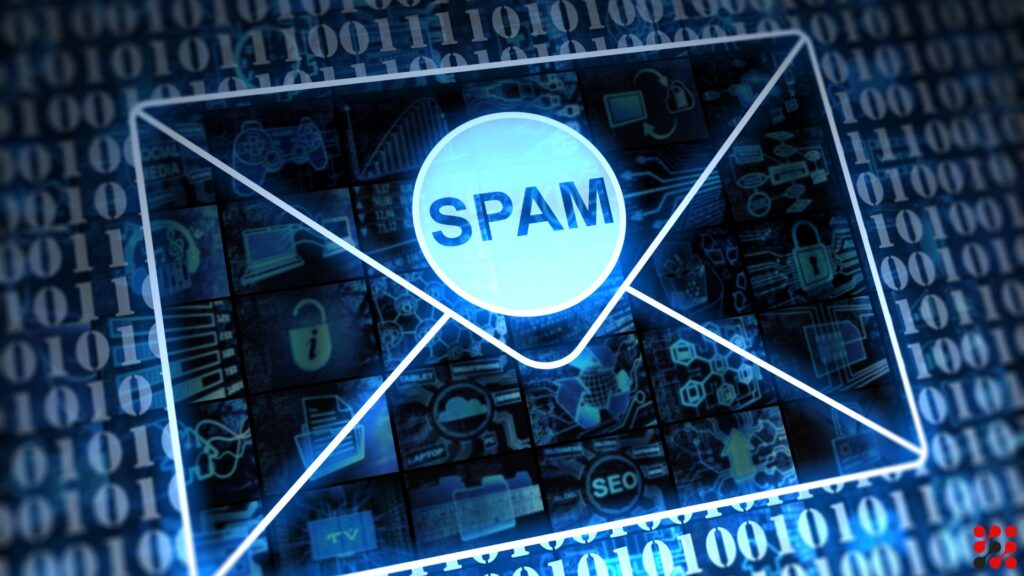EMR integration is a game-changer. In healthcare where information flow is vital, integrating Electronic Medical Records (EMR) will enhance coordinated patient care. This process connects disparate healthcare systems, builds collaboration, and improves accuracy. In this blog, we will discuss various aspects of EMR integration.
What is EMR Integration?
Electronic Medical Record (EMR) integration revolutionizing the way patient information is managed in healthcare. EMR system integration refers to the connection and interoperability of Electronic Medical Records systems with various healthcare applications and platforms.
This process enables healthcare providers to consolidate and share patient data efficiently across different departments, ensuring a comprehensive and unified view of a patient’s medical history.
EMR data integration eliminates silos in healthcare information exchange, allowing for real-time access to critical information. By connecting EMR systems with other healthcare technologies, such as laboratory systems, billing platforms, and imaging tools, healthcare professionals can make more informed decisions, improve patient care, and streamline administrative processes.
Moreover, EMR api integration facilitates the exchange of patient data between different healthcare facilities, improving care coordination and reducing the risk of errors. With this interconnected approach, healthcare providers can share patient records, test results, and treatment plans, leading to a more collaborative approach to healthcare delivery.
However, the journey towards successful Integrated EMR is not without its challenges. Issues such as standardization of data formats, security concerns, and the need for interoperability standards must be carefully addressed. Despite these challenges, the benefits of EMR integration tools are significant, offering a foundation for improved healthcare outcomes, increased efficiency, and ultimately, a better patient experience. As technology continues to advance, EMR connectivity stands as a cornerstone in the ongoing transformation of healthcare delivery.
10 Integrated EMR Examples
Telehealth Integration
Quick access with remote patient consultations, expanding healthcare accessibility. Communication between healthcare providers and patients will be done on virtual level. Minimizes travel time and expenses for patients.
Laboratory Information System (LIS) Integration
Improves the flow of lab results into EMRs for quick access by healthcare providers. Minimizes manual data entry, reducing the risk of transcription errors. Based on real-time lab data, one can make informed decisions.
Clinical Trial Management System Integration
Integrates trial data directly into EMRs, provide comprehensive patient records and continuous monitoring of patient progress and trial outcomes. Direct communication between healthcare providers and research teams.
Medical Device Integration (MDI)
Integrates data from medical devices directly into EMRs, reducing manual data entry. Real-time monitoring of patient vitals, triggering alerts for immediate intervention. Improves accuracy and timeliness of data, contributing to better patient care.
Medical Billing Integration
Automates billing procedures, reducing administrative burden. Minimizes the risk of inaccuracies in billing data, and insurance enrollment. Accelerates the billing cycle, leading to quicker reimbursement for healthcare services.
Picture Archiving and Communication System (PACS) Integration
Integrates radiology images into EMRs for centralized access so that healthcare providers view and analyze imaging results within the EMR. Collaborative discussions among healthcare teams based on shared imaging data.
Pharmacy Information System Integration
Integrates prescription and medication data for accurate medication records. Provides real-time alerts on potential drug interactions for patient safety. Automates the prescription renewal process, improving medication adherence.
Electronic Prescribing (eRx) Integration
Electronic transmission of prescriptions to pharmacies, reducing paperwork. Allows healthcare providers to access patients’ medication history for informed prescribing. Improves patient adherence through electronic prescription tracking.
Radiology Information System (RIS) Integration
Integrates radiology data into EMRs, offering a comprehensive patient overview. Minimizes duplicate data entry by synchronizing radiology information. Automates radiology reporting and result interpretation within the EMR.
Health Information Exchange (HIE) Integration
Exchange of patient data across different healthcare entities achieve perfect interoperability. Aggregates data from multiple sources for a more complete patient profile.
EMR API Integration – 10 Steps Process
By following these 10 fundamental steps, healthcare organizations can successfully deploy EMR integrations.
Assessment and Planning
Begin by assessing your current EMR system and understanding integration goals. Develop a comprehensive plan outlining the data to be integrated.
Choose Integration Approach
Decide between point-to-point or through an intermediary, like an integration engine or middleware. Select an approach that aligns with your system’s complexity and goals.
Standardization of Data Formats
Data uniformity by standardizing formats such as HL7 or FHIR. Consistent data structures facilitate smooth information exchange between different systems.
Data Mapping and Transformation
Map data elements between systems, considering variations in terminologies and coding. Transformation tools may be necessary to align data for integration.
Security Measures
Prioritize data security by implementing encryption, authentication, and authorization protocols. Compliance with healthcare data protection regulations is essential.
Testing and Quality Assurance
Conduct thorough testing to identify and resolve potential integration issues. Test data exchanges, system responses, and data accuracy before full deployment.
Implementation of Integration Tools
Deploy integration tools or middleware required for the chosen integration approach. These tools facilitate smooth data transfer between different systems.
Training and Education
Train staff on the new integrated system, so that they understand the changes and can use the updated processes. Address any concerns and provide ongoing support.
Monitor and Optimize
Implement monitoring tools to track data flows and system performance. Continuously optimize the integration process based on feedback and evolving system requirements.
Documentation and Compliance
Maintain detailed documentation of integration processes, configurations, and any modifications made. Ongoing compliance with industry standards and regulations.
How to Use EMR Data Integration?
Centralized Information Access
EMR integrations create a unified platform, allowing healthcare providers instant access to comprehensive patient records, so that professionals will make informed decision-making.
Swift Appointment Scheduling
Integration connects the scheduling process, providing real-time appointment availability, reducing wait times, and improving patient satisfaction.
Efficient Prescription Management
Integrated EMRs facilitate quick prescription orders and refills, promoting timely medication access and minimizing disruptions in patient treatment plans.
Automated Appointment Reminders
Integration will help you in automated appointment reminders for patient engagement and reducing no-show rates, ensuring a more efficient healthcare workflow.
Secure Communication Channels
Integrated systems support secure communication between patients and healthcare providers, fostering transparent and confidential dialogue for patient trust.
Real-time Test Result Availability
Patients benefit from quicker access to test results as EMR integrations enable immediate data transfer, reducing anxiety and providing a faster route to necessary interventions.
Personalized Treatment Plans
With a high-level view of patient data, healthcare providers can tailor treatment plans more effectively, addressing individual needs and preferences for an improved patient experience.
Digital Patient Portals
Integrated EMRs often offer patient and vet portals, empowering individuals to access their medical information, schedule appointments, and communicate with healthcare providers at their convenience.
Enhanced Follow-up Care
Integration supports automated follow-up care plans so that patients can receive timely post-treatment guidance and monitoring, contributing to better health outcomes.
Data-driven Continuity of Care
The flow of information through EMR integrations will improve continuity of care, enabling a collaborative approach among healthcare providers, and ultimately enhancing the patient experience by minimizing redundancies and maximizing efficiency.
Importance of EMR System Integration for Startups, SMEs and Enterprises
Healthcare practices deal with loads of patient information, and the shift from paper to digital records is now a necessity.
In 2021, the EMR market hit USD 28,692.52 million, projected to soar beyond USD 42 million by 2028. This surge reflects the industry’s recognition of EMRs’ benefits in transforming healthcare data management.
Traditional paper charts cause data chaos. EMRs, however, step in as digital saviors, providing an accessible repository for patient information. They go beyond storage, granting clinicians instant access to a patient’s entire medical and insurance data.
EMR integration connects these digital archives with other healthcare technologies, creating a network for data exchange. Integrated EMR systems reduce time lags, and swift information transfer between healthcare professionals.
This integration not only enhances operational efficiency but also benefits both healthcare providers and patients. By streamlining processes and reducing costs, integrated EMR systems contribute to an improved patient experience within healthcare facilities.
The widespread adoption of EMRs signifies a shift in how healthcare data is managed, ensuring a future where information is well-organized and accessible, driving improved patient outcomes.
EMR Integration Tools – Conclusion
As we witness the exponential growth of the electronic medical record market, the benefits of this integration become increasingly apparent—improved patient outcomes, workflows, and collaboration among healthcare providers. The journey towards a fully integrated healthcare ecosystem may pose challenges, but the destination promises a future where data flows, achieving the full potential of patient care.
EMR Connectivity FAQs
What is basic EMR interoperability?
EMR interoperability refers to the ability of Electronic Medical Records systems to exchange and use patient data across different healthcare platforms and systems.
Can small healthcare practices benefit from EMR integration?
Yes, even small practices can benefit by reducing manual tasks, and improving access to patient data.
What challenges might arise during the EMR system integration process?
Challenges may include data standardization, system compatibility issues, and the need for staff training.
Relevant Guides
Creative Ways to Increase Patient Satisfaction







